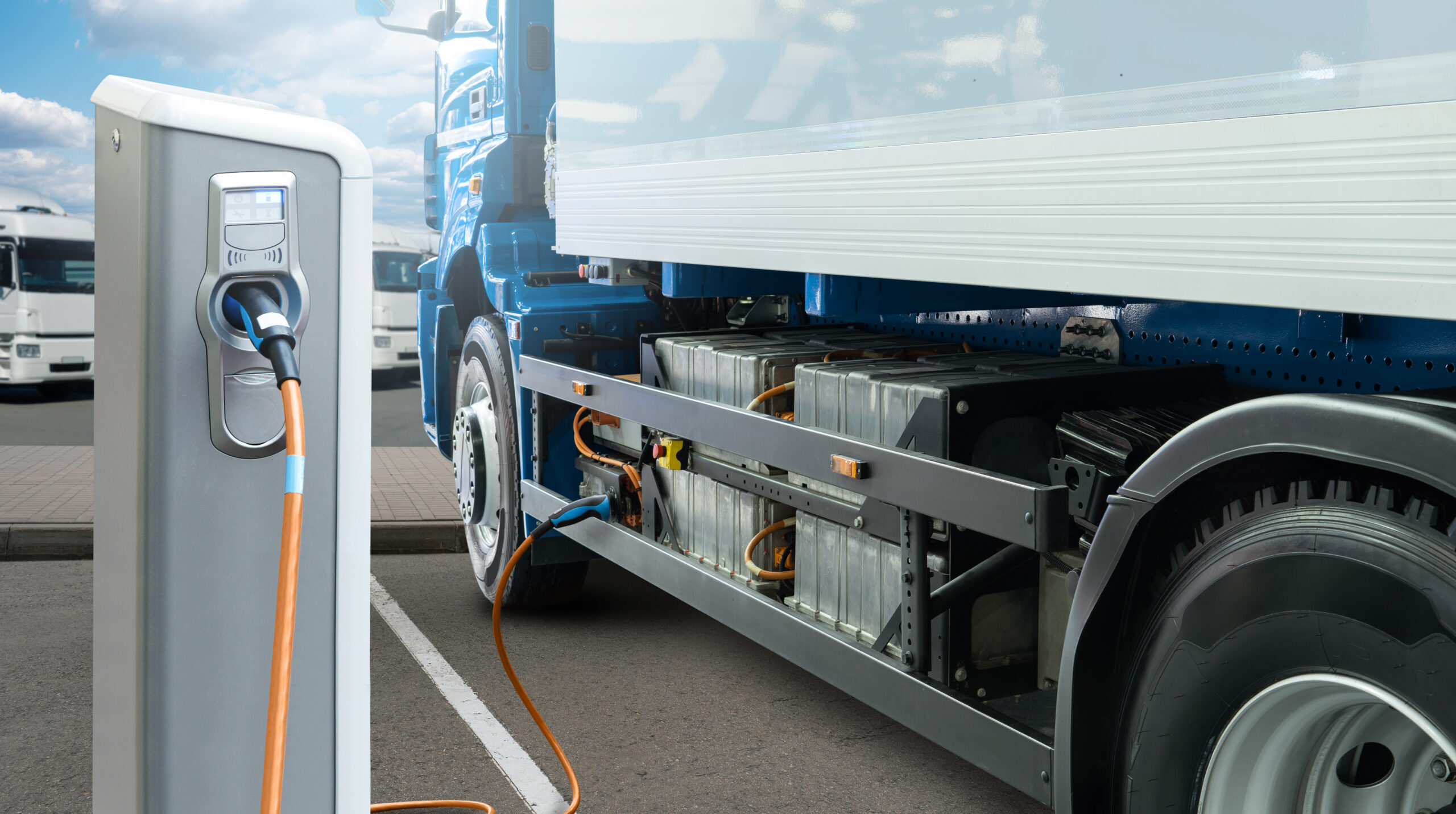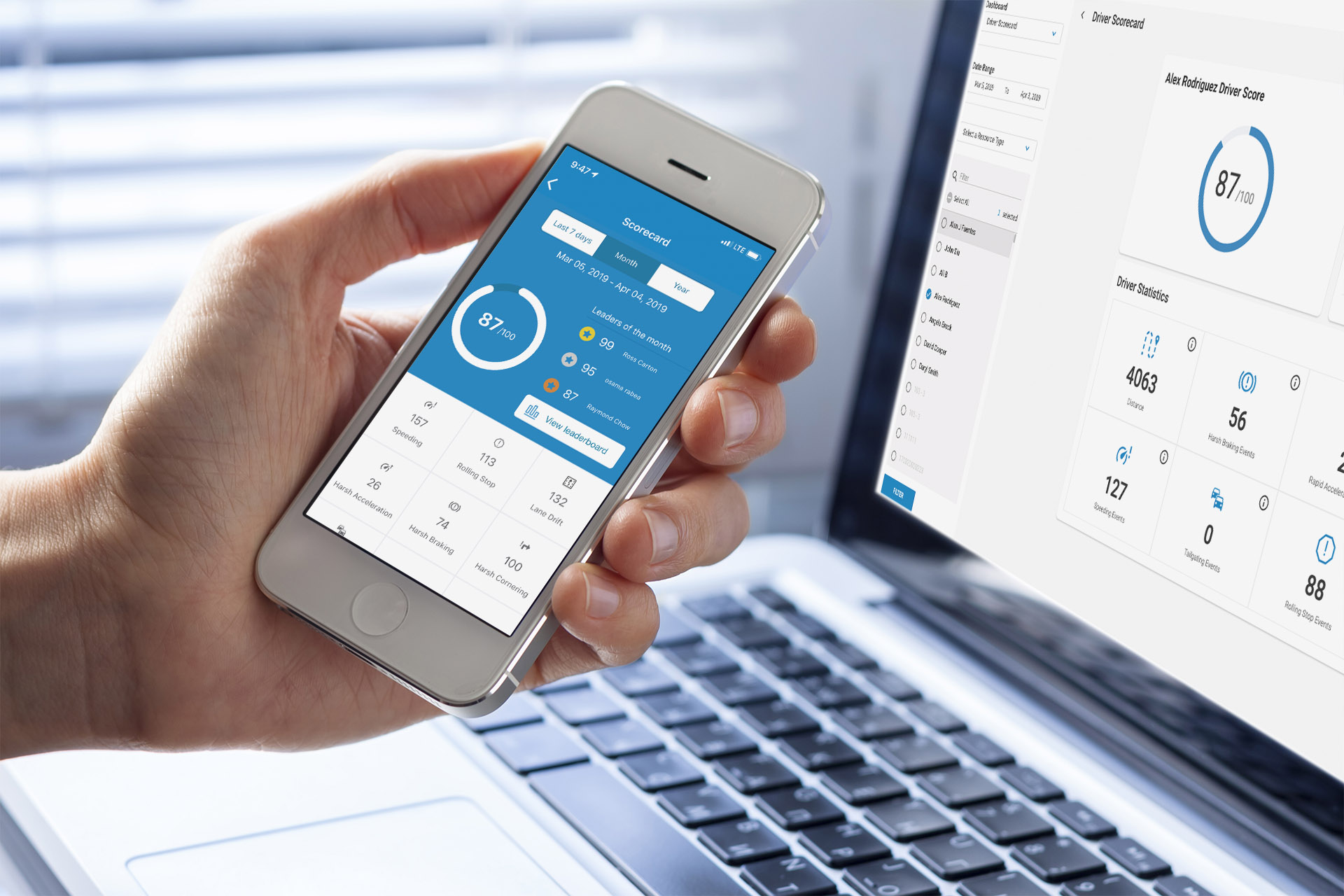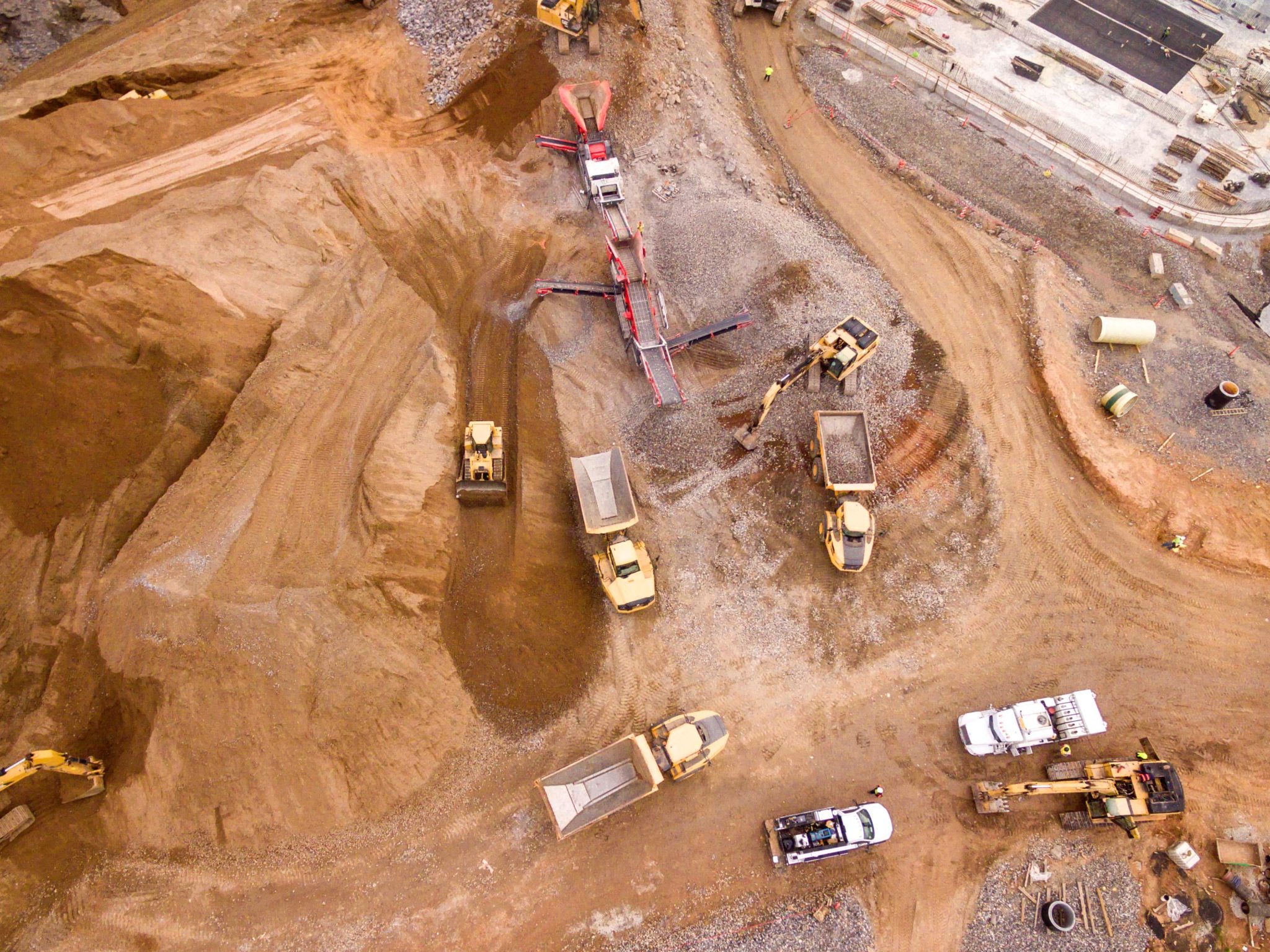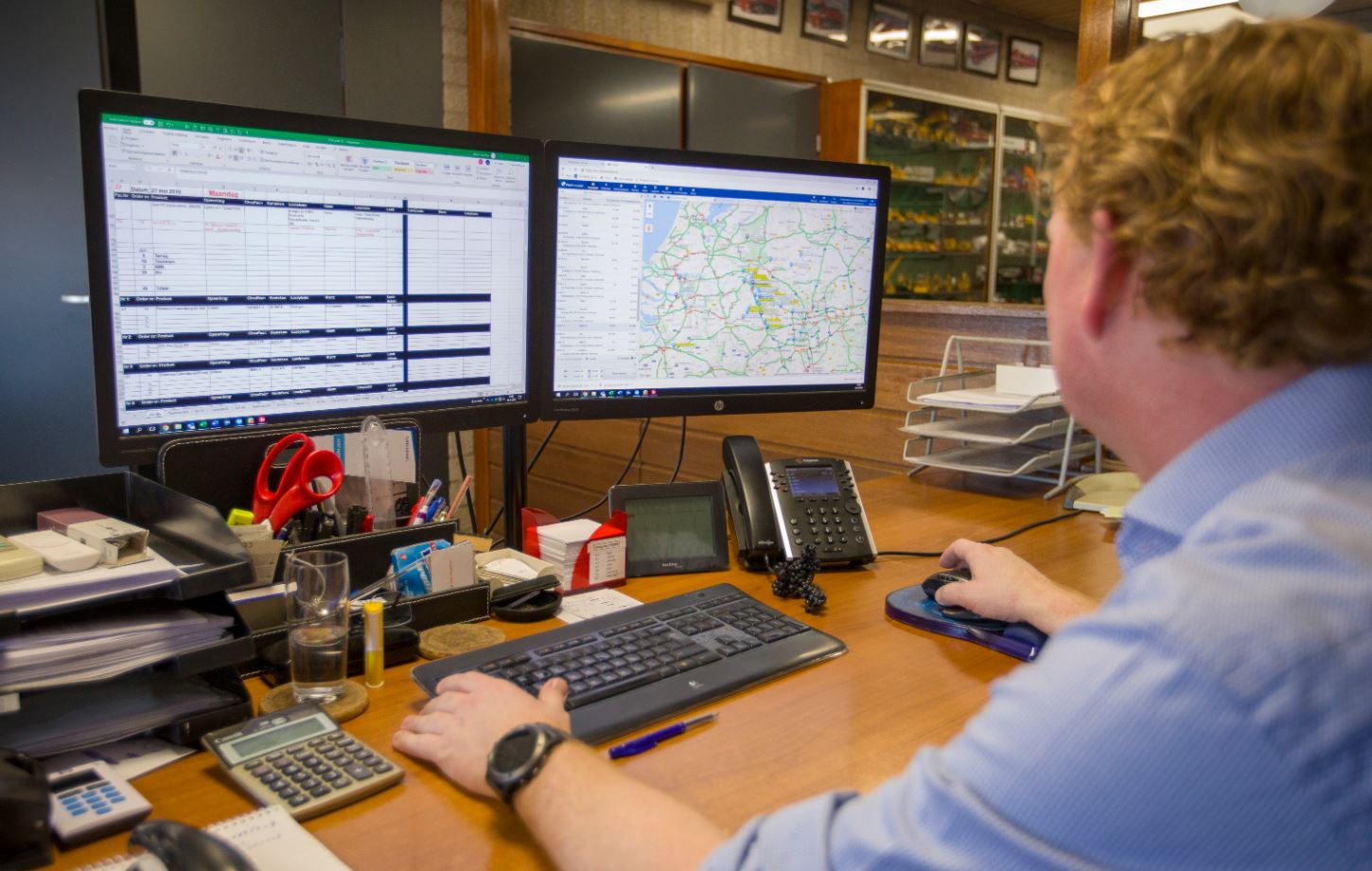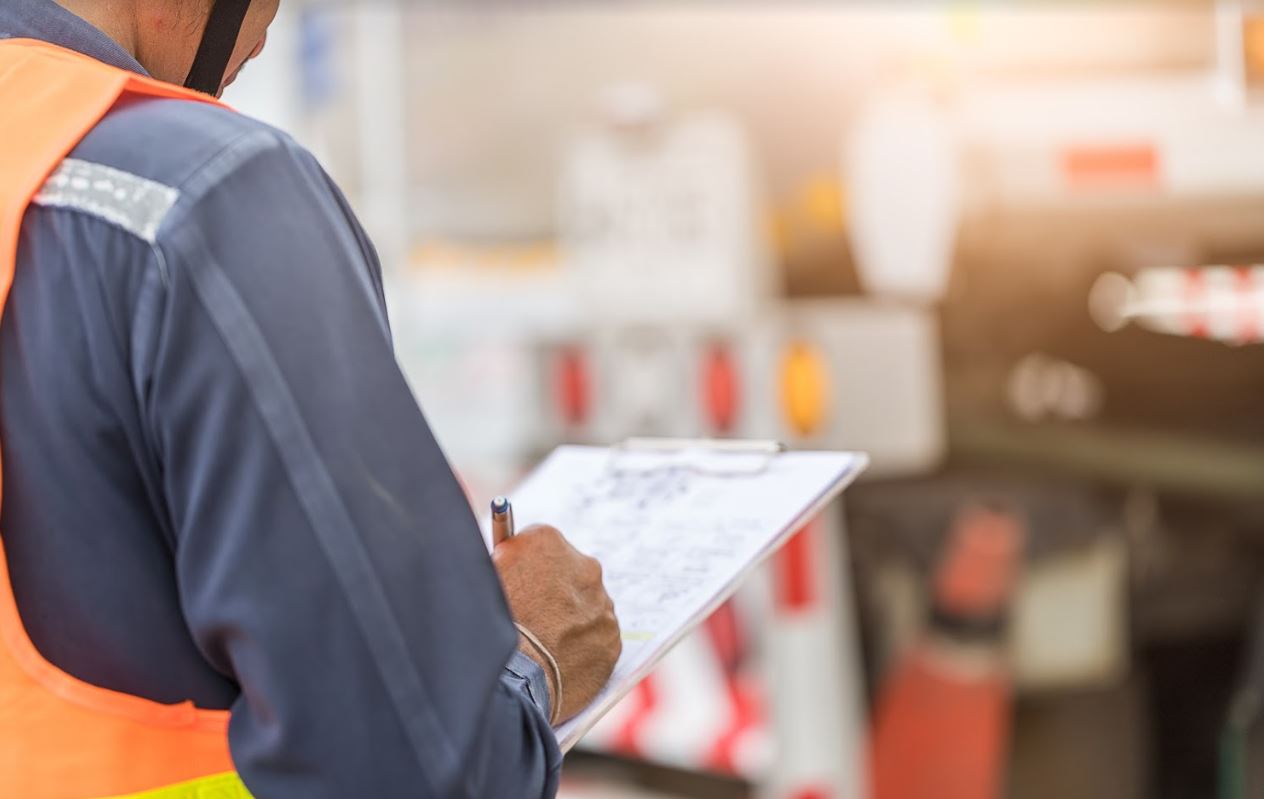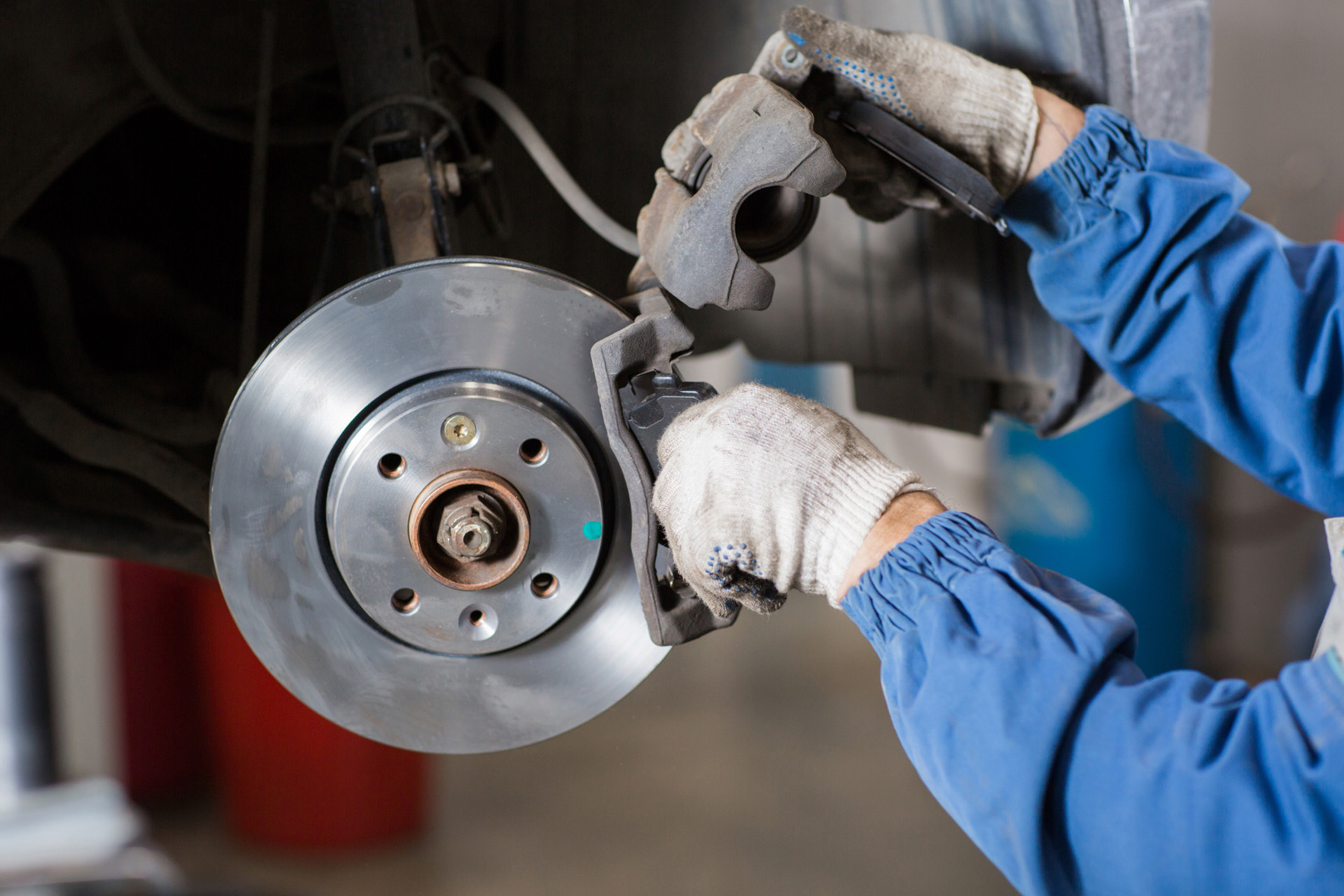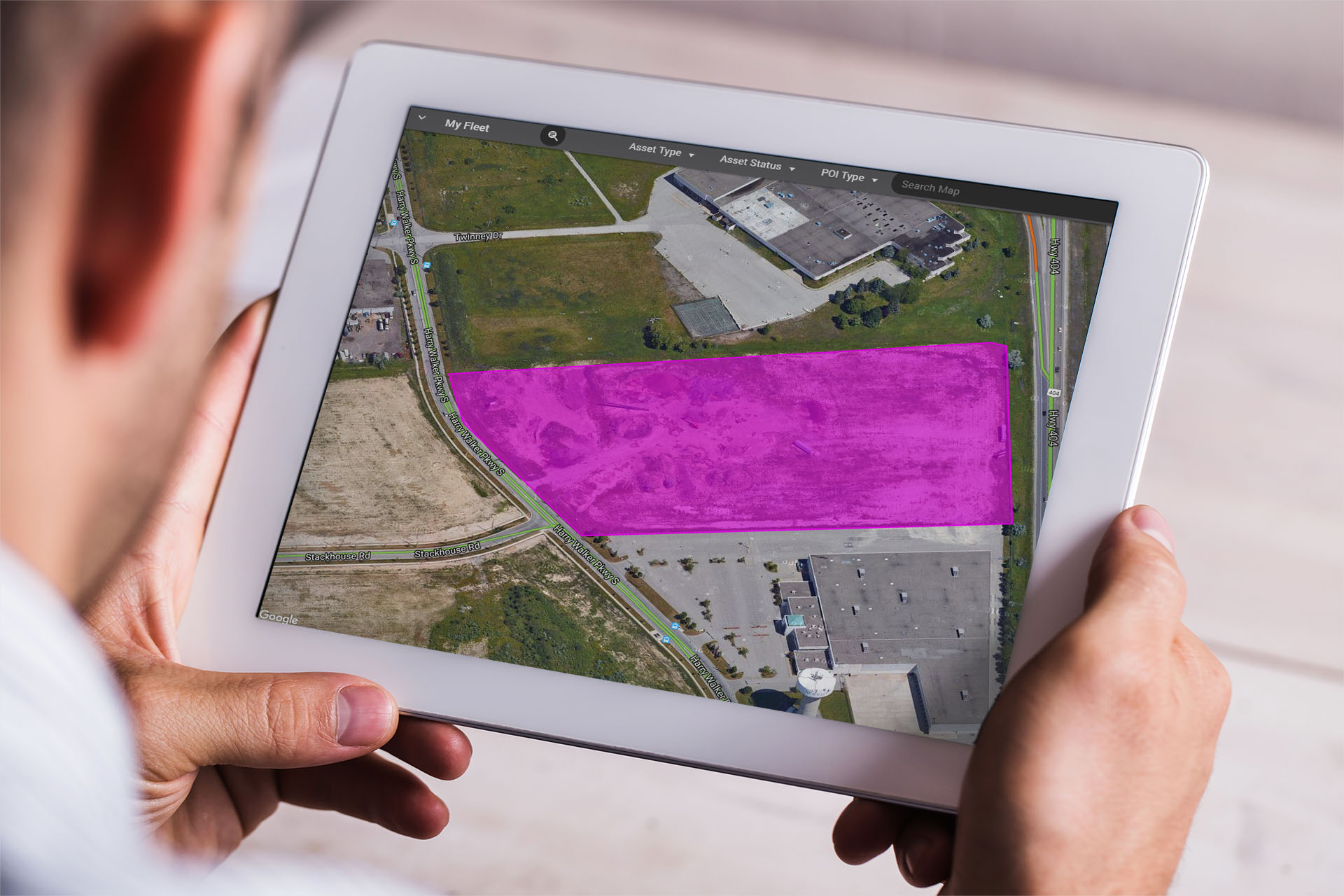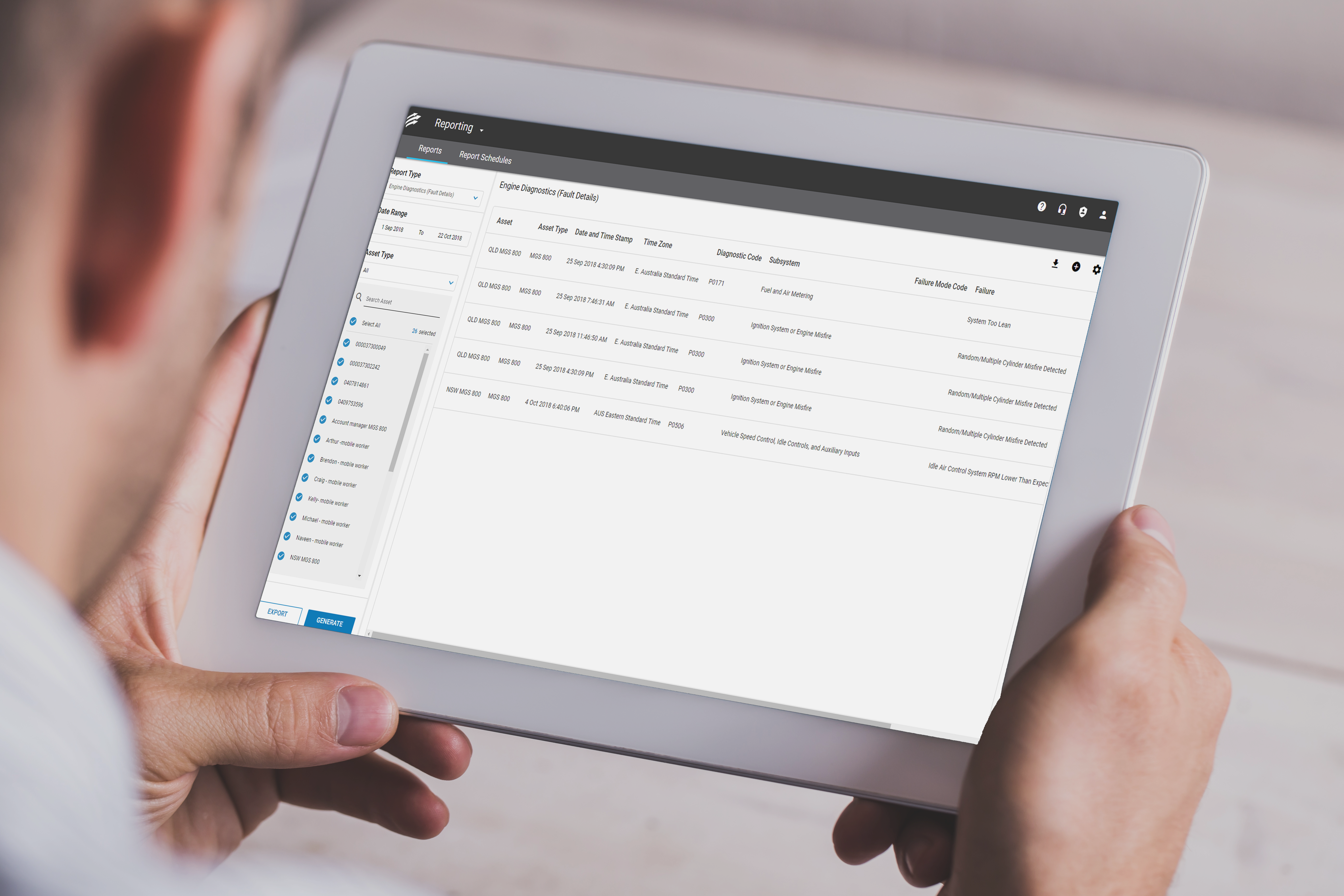Before switching on our car’s ignition, many of us have a mental checklist to ensure a safe journey
to our next destination. Fasten the seatbelt, check mirrors, blast some music—everyone is different.
But when it comes to fleet management, enterprise owners and fleet managers must consider an
important list of factors before anyone gets behind a steering wheel. The number one priority on
that list? Driver safety.
Fleet drivers face several hazards while travelling on Aussie roads like traffic, dangerous
weather, engine troubles and vehicle security. Behind the scenes, business owners and fleet
managers face additional on-road considerations like vehicle maintenance, safety procedures,
accident reporting, driver habits, and routes.
But what if there was a way you could reduce the time and money spent on fleet management and
enhance driver safety all from one platform? Introducing the power of telematics!
What is Telematics
Currently, there are an estimated 100 million telematics units in operation worldwide, with enterprises embracing telematics to improve fleet safety, productivity and performance and achieve a greater ROI. But what is telematics?
Telematics is information technology that deals with the long-distance transmission of computerised information. For fleet purposes, telematics devices collect data from the vehicle and transmit to a web-based interface, where the data can used to create detailed vehicle and driver analytics helping to optimise fleet management and safety by assessing idling times, speed, fuel usage and driver behaviour.
Combining vehicle and driver analytical information with GPS tracking improves fleet visibility and driver safety in all areas, by combining the vehicle information and utilising geofencing, hours of service and traffic data.

Image source: Adobe Stock
Optimising driver safety with telematics
Telematics and GPS tracking devices offer a range of accident management solutions to protect
your high-value assets, bottom line and most importantly, your drivers. With a wide range of safety
features, telematics and fleet management solutions can optimise your business operations and
help keep Aussie roads safe, all from one interface. Read on to discover some of the many benefits
of telematics, or request a free demo today!
Accident detection
Accident detection is a powerful feature of telematics that provides real-time data and insight into
on-road incidents. Suppose your fleet is involved in a vehicle collision or accident. In that case, the
device will send an alert to your interface, allowing fleet managers and business owners to retrieve
second-by-second data to assess the situation safely.
Driver behaviour
Speeding, harsh braking and distracted driving are common behaviours that can endanger drivers
and other road users. These practices can also take their toll on your fleet’s vehicles, causing wear
and tear, increasing the risk of collision and draining fuel faster.
Fortunately, the vehicle data obtained through the telematics device offers the ability for fleet managers to track and address driving behaviour
in real-time. With telematics, you can enhance driver safety and deter on-road incidents with
remote coaching and vehicle reports alerting you to increased reckless behaviour.

Image source: Image Stock
Fleet visibility
Fleet managers can’t afford to lose access to their staff or vehicles. Using a remote fleet
management solution, fleet managers can quickly check the position and status of all vehicles on a
single interface. Thanks to telematics and GPS tracking, fleet managers can see real-time field data
through a web platform or a mobile device, regardless of their location.
Vehicle maintenance
Telematics paired with fleet tracking software can be used to implement a preventive maintenance
schedule. Telematics uses traffic data, fuel usage and vehicle status to produce accurate reports
revealing a vehicle’s overall health. Utilising telematics to establish a tailored maintenance
schedule can help reduce safety risks, save drivers time, money and keep your fleet out of the
mechanics and on the road.








































